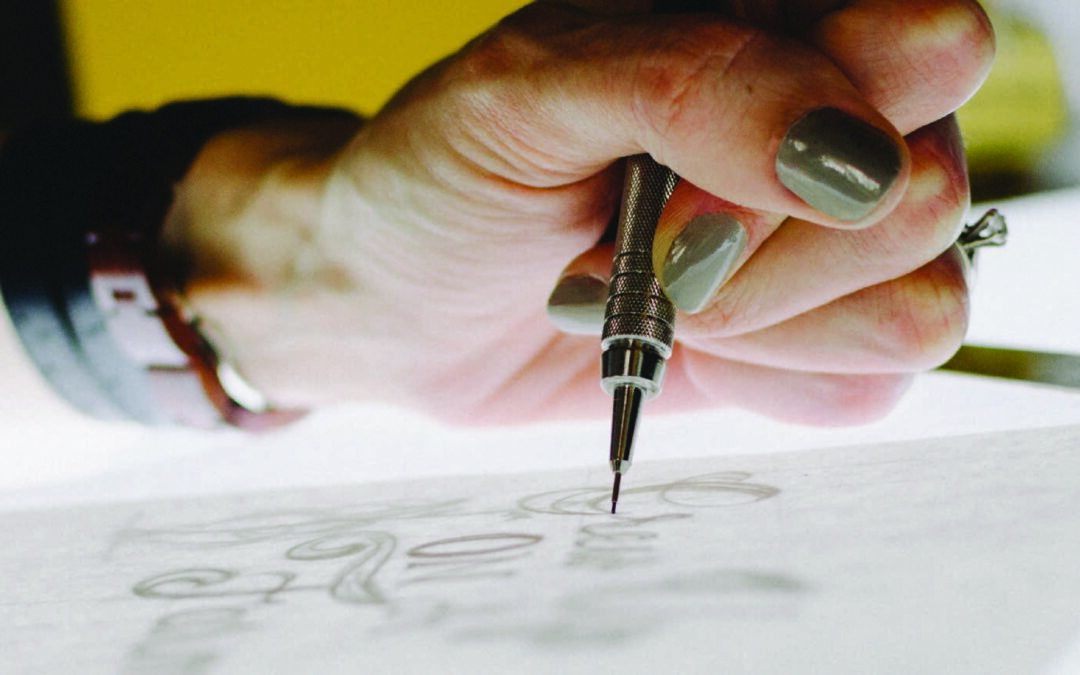Design Thinking is a term that gets thrown around a lot these days. At its core the concept of Design Thinking is Customer-centric. It’s about understanding what your customer wants first before providing them with a solution. Traditionally, we have brought to life new businesses or ideas based on what we think our customers want, creating our solution and then telling them that they want this product or service.
Design Thinking flips that process and places to focus squarely on the customer. This wave of change in the area of innovation has resulted in Product Development teams working much more closely with Customer Service teams, big businesses taking a step to really review what they are offering their customers and overhauling entire service offerings in order to stay relevant.
Believe it or not, but for something so revolutionary, there is a framework that helps guide a team or business through the process of Design Thinking. We uncovered this little gem of an explanation on the Invision App website and thought we would share it.
Design thinking is a framework that helps the team push past the normal business boundaries and think of unique ways to approach a problem. It provides a platform for non-designers to hop on and understand the designer’s user-specific goals.
- Empathize. Build empathy for your users by learning their values.
- Define. Unpack empathy findings into needs, insights, and scope.
- Ideate. “Go wide” by generating radical design alternatives.
- Prototype. Get your ideas out of your head and into the world.
- Test. Gather feedback, refine solutions, and continue to learn about your users.
Empathize, observe, and gather inspiration
The first stage of design thinking is to understand your user and the problem you’re solving.
This could present itself as a smaller issue, like how to develop a feature or product, but evolve into a bigger company problem. It could also remain simple. The goal is to make sure you’re empathizing with your users. If you can experience the situation first hand—ideally in person through observation or participation—you can really understand what they need, which helps you paint a more accurate picture of the problem.
Because the user is at the core of the design thinking framework, this is a crucial step. It’s also important to make sure you’re observing in an unbiased way, and not guiding the users to answer the way you want them to.
Define and reflect
After observing, you need to unpack and dissect your findings. Explore what you and your team witnessed: Analyze the problems your users were facing and the frustrations they had. This should lead you to the essence of what you’re solving for, and help you define what you need to build.
Generate ideas
Now that you understand the humans at the center of the problem and have had time to reflect on your observations, it’s time to start the idea phase.
Right now, everything is feasible and you can build anything. Don’t let practicality get in your way now. Generating as many ideas as possible is the name of the game. Thinking unconventionally and without constraints is ideal. This is the true advantage of design thinking. With a team that’s used to working together, this can become a fast, intense exercise where the group hops from idea to idea, thinking about the present and future state, riffing off each other until the right one sticks.
Another word for this is gedanken, or thought experiment: The common goal is to explore the potential consequences of the principle in question.
There are a ton of ways to bring this step to life, including using InVision Freehand as a collaborative space where your team can work through ideas and iterate in real time.
Make your ideas tangible
See that list of ideas you generated? It’s time to prototype them to understand if they’ll actually work. Depending on the problem and potential solution, the number of prototypes needed could be wildly different. If it’s a massive problem in an unknown solution space, it could be hundreds; if it’s a more specific problem with tons of competition, it could be a much smaller number.
The word “prototype” here should be used loosely. This stage is all about adding fidelity without going 100% in. If your product is a physical object, you can make the form factor out of cardboard. If it’s digital, try sketching it out in higher fidelity on a piece of paper. Wireframes and clickable prototypes are also a great way to start bringing ideas to life and testing their validity. The important part of this stage is to explore your ideas and make sure they feel right once they start taking shape.
Test to learn
This step really helps you understand if your ideas are solving the original problem. The point here is to test your solutions before you invest in building them 100% of the way. Testing could come in various applications: clickable prototypes, wireframes, in-person experiences, or fully-coded products.
Often, this step leads to redefining your problem. And that’s OK. Testing never hurts and will help you understand your users even better. Design thinking as a methodology is not a linear progression but a way to achieve a deeper understanding of your users.

